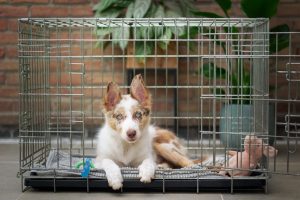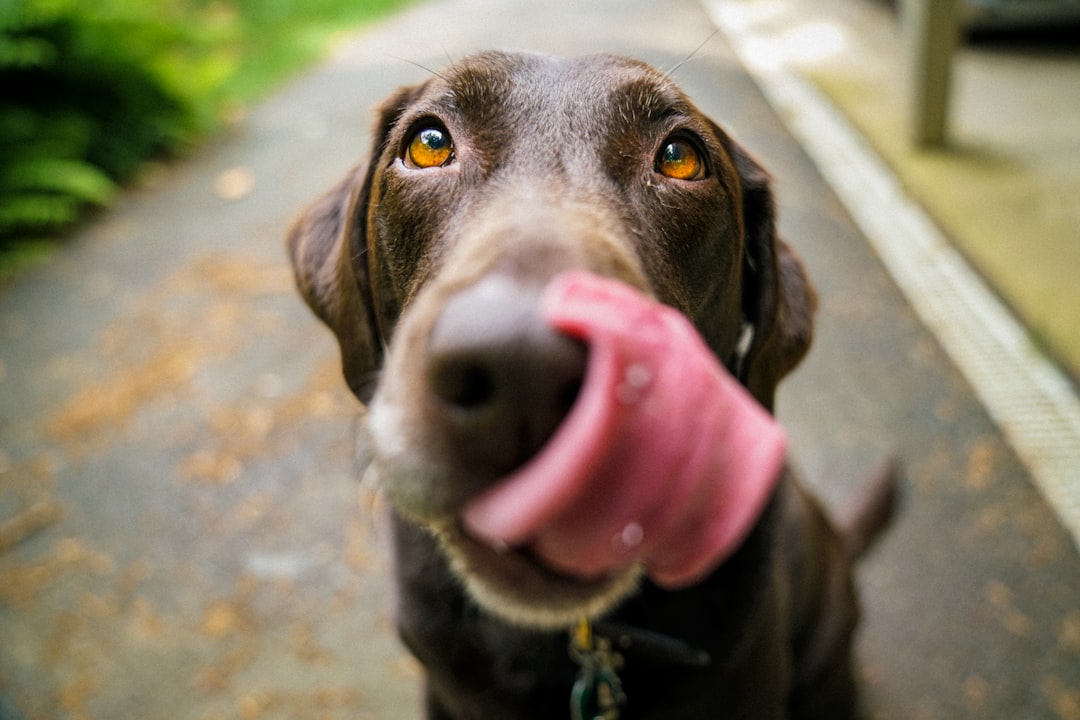Alleviating Separation Anxiety: Effective Training Techniques and At-Home Strategies for Dogs
Learn about effective training techniques to help dogs with separation anxiety, including desensitization, structured training sessions, and at-home strategies to create a safe and comfortable environment.
Understanding Separation Anxiety in Dogs
Separation anxiety in dogs is a complex condition that can significantly impact their well-being and the relationship with their owners. It refers to a state of distress and behavior problems that manifest when dogs are separated from their owner or primary attachment figure. These behaviors can include destructive behavior, excessive vocalization, and inappropriate elimination, which can be distressing for both the dog and the owner [1].
The prevalence of separation anxiety in dogs is quite significant, affecting approximately 13-18% of dogs. This condition can be triggered by various factors such as long periods of solitude and abrupt schedule changes. For example, a dog who has become accustomed to constant human presence due to remote work during the pandemic might struggle when the owner returns to an office-based schedule, leading to separation anxiety. These triggers can lead to a range of distressing behaviors, and it’s crucial for dog owners to recognize the signs and seek appropriate help and training to address the issue effectively.
Understanding the impact of separation anxiety on dogs and recognizing the triggers is essential for implementing preventive measures and seeking professional assistance when needed. By acknowledging the prevalence and key triggers of separation anxiety, dog owners can take proactive steps to support their pets and create a safe and secure environment to help alleviate the distress associated with this condition.
 Triggers for Separation Anxiety
Triggers for Separation Anxiety
Triggers for separation anxiety in dogs can vary, but certain common factors can contribute to the development of this condition. For instance, dogs being left alone for long periods of time can often lead to separation anxiety. This extended solitude can cause distress and anxiety in dogs, especially if they are not accustomed to spending time alone. Similarly, abrupt schedule changes can also be a significant trigger for separation anxiety. Dogs are creatures of habit, and sudden changes in their daily routines can disrupt their sense of security and lead to anxiety-related behaviors such as destructive tendencies, whining, and barking.
Moreover, being taken from their mother too young is another potential trigger for separation anxiety in dogs. Puppies that are separated from their mother and littermates at an early age may struggle with attachment issues and exhibit signs of distress when separated from their owners later in life. This early separation can impact the dog’s ability to cope with being alone and contribute to the development of separation anxiety. Therefore, understanding these triggers is crucial for dog owners and trainers to identify and address the root causes of separation anxiety in their canine companions. By recognizing these triggers, proactive steps can be taken to help dogs overcome separation anxiety and lead happier, more balanced lives.
Prevention and Management Strategies
Preventing separation anxiety in dogs involves understanding the key factors that can trigger this condition and implementing effective management strategies. One crucial aspect of preventing separation anxiety is establishing a strong and secure relationship with the dog. This involves spending quality time with the pet, engaging in activities together, and building trust. By doing so, the dog learns that they can rely on their owner, which can help reduce anxiety when the owner is not present.
Another important strategy is training the dog to be independent during the hours the owner is together. This can be achieved through positive reinforcement training, gradually teaching the dog that being alone is a normal part of life. By gradually exposing the dog to short periods of separation and rewarding calm behavior, the dog can learn to be more comfortable when left alone.
Consistency in daily routines is also vital in preventing separation anxiety. Dogs thrive on predictability, and a consistent schedule can provide them with a sense of security and stability. Additionally, providing a safe and comfortable environment for the dog is essential. This can include creating a designated space for the dog, such as a cozy corner with their bed and toys, where they feel secure and at ease.
Crate training is another recommended preventative measure for managing separation anxiety. When introduced properly and used positively, a crate can become a safe haven for the dog, providing them with a secure and comforting space. This can help them feel more relaxed when alone and can prevent destructive behaviors that may result from anxiety [3].
 Training Techniques for Dogs with Separation Anxiety
Training Techniques for Dogs with Separation Anxiety
Desensitization training has been found to be a highly effective method for helping dogs cope with separation anxiety. This technique involves gradually exposing the dog to being alone in small, manageable increments, keeping the dog below its stress threshold. For example, if a dog gets anxious after being left alone for 5 minutes, desensitization training may involve starting with only 1 minute of separation and then gradually increasing the time as the dog becomes more comfortable. This method allows the dog to build confidence and learn that being alone is not a cause for distress. Seek out the help of a professional trainer if you are looking for help on this approach. Our trainers at Off Leash K9 Training in Saratoga are eager to help you and your pup gain more confidence and tackle your pups anxiety as cautiously as possible.
In addition to desensitization, structured separation anxiety training sessions can play a crucial role in helping dogs feel calm when left alone. For instance, a training plan may involve mapping out how many departure repetitions will be done and the duration of each repetition. This structured approach provides a clear framework for both the dog and the owner, helping to create a sense of predictability and security for the dog. Moreover, professionals often use a balanced training approach to help dogs understand that they can make better decisions, thereby reinforcing the bond between the owner and the pet. By implementing a combination of positive reinforcement and gentle correction, this method helps the dog build self-confidence and trust, which are essential for overcoming separation anxiety [1].
At-Home Strategies to Help Dogs Feel More Comfortable When Left Alone
Implementing at-home strategies is crucial for helping dogs cope with separation anxiety. One effective approach is to maintain a consistent schedule, as this helps dogs feel secure and reduces the stress of unpredictability. For example, feeding and walking times should be consistent to create a sense of routine and stability for the dog. This routine can help the dog anticipate the owner’s return, making the alone time more manageable.
Another important at-home strategy involves providing a safe place for the dog. This can be a designated area in the home where the dog feels secure and comfortable. For instance, setting up a cozy corner with the dog’s bed, favorite toys, and a comforting blanket can create a reassuring environment. Additionally, leaving a piece of clothing that smells like the owner, such as a t-shirt, can provide a source of comfort and familiarity for the dog when left alone, easing their anxiety.
In addition to these measures, creating boundaries while at home is essential for helping dogs feel safe and calm when left alone. By teaching the dog to respect personal space and establishing clear rules and limits, the dog can develop a sense of security and predictability. Moreover, providing regular exercise and mental stimulation is vital for reducing anxiety. Activities such as daily walks, interactive play sessions, and puzzle toys can help channel the dog’s energy and alleviate stress, making the transition to alone time less distressing. Furthermore, practicing low-key departures, where the owner leaves without making a fuss, can help normalize the process of being alone and reduce the dog’s anxiety. These at-home strategies play a significant role in creating a reassuring environment and promoting a sense of security for dogs struggling with separation anxiety.

